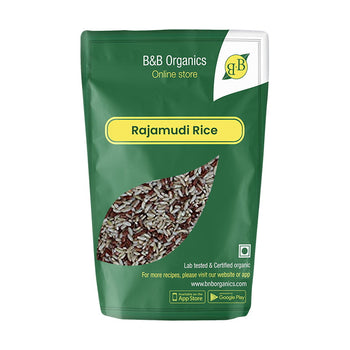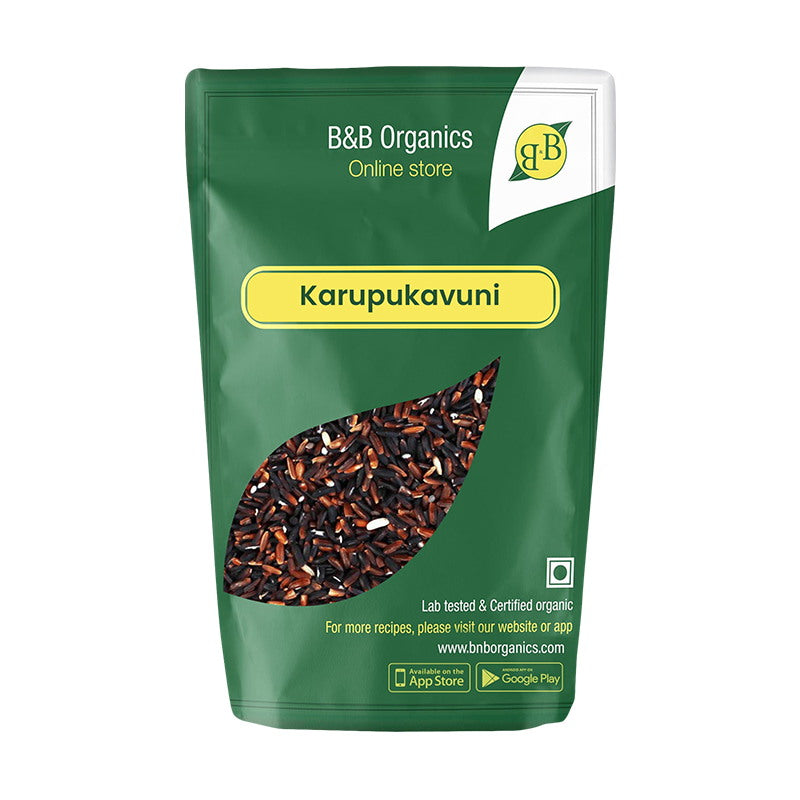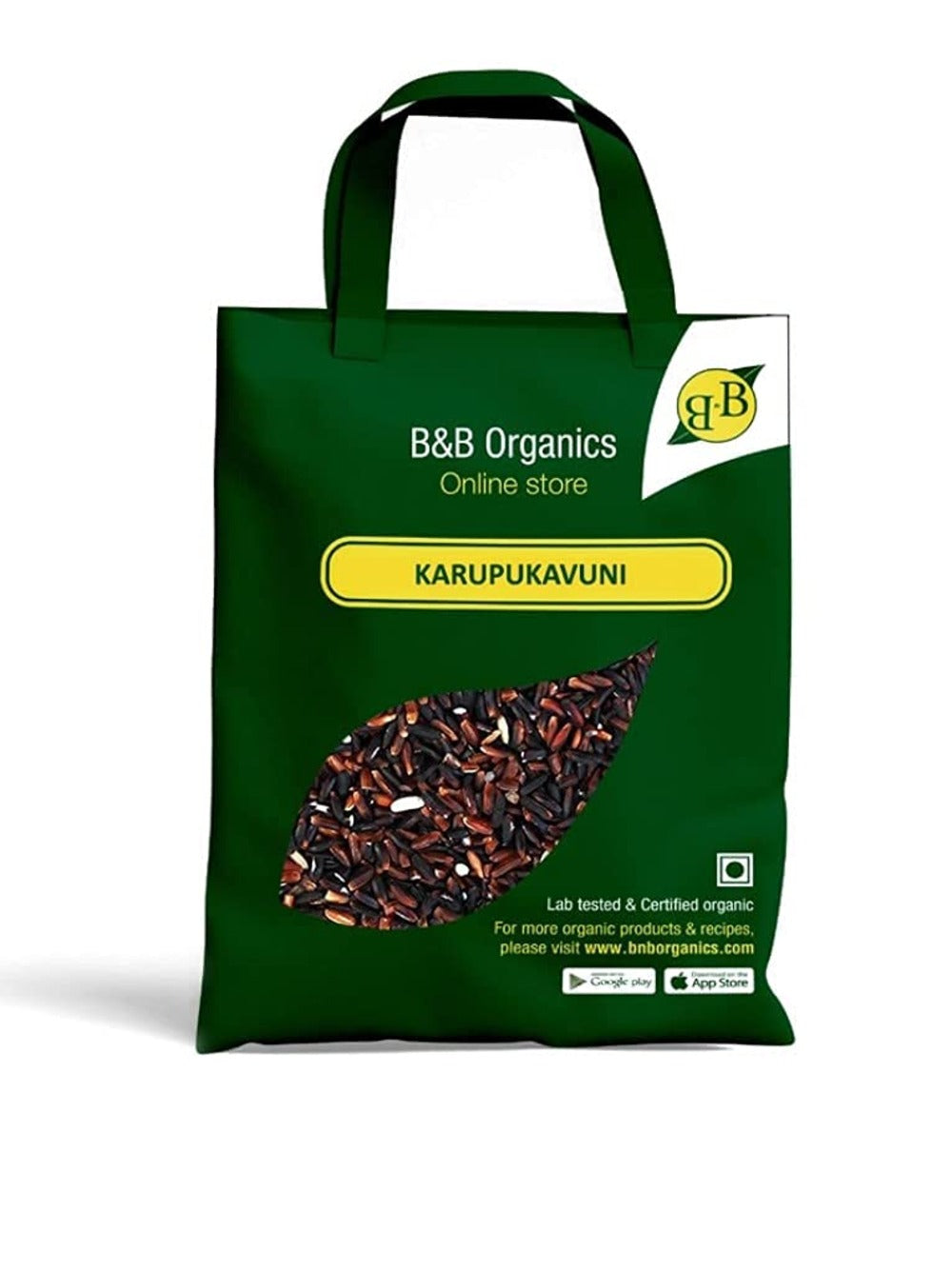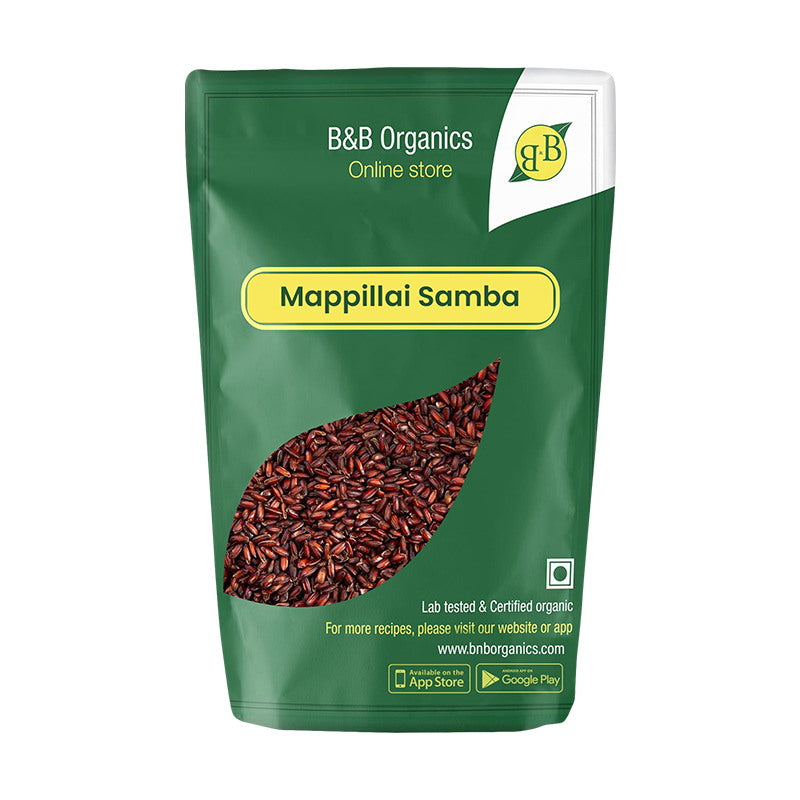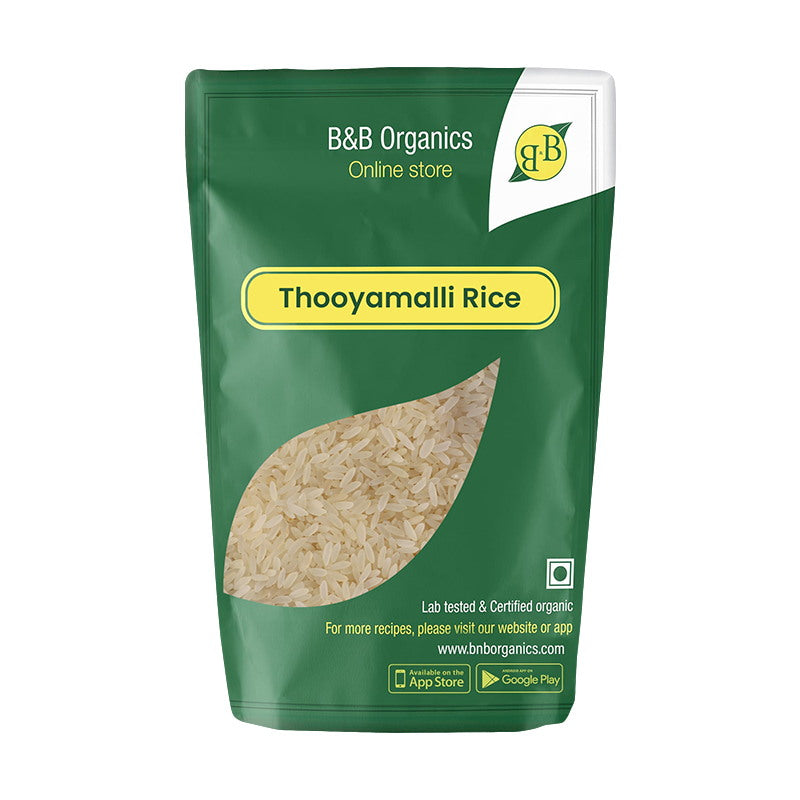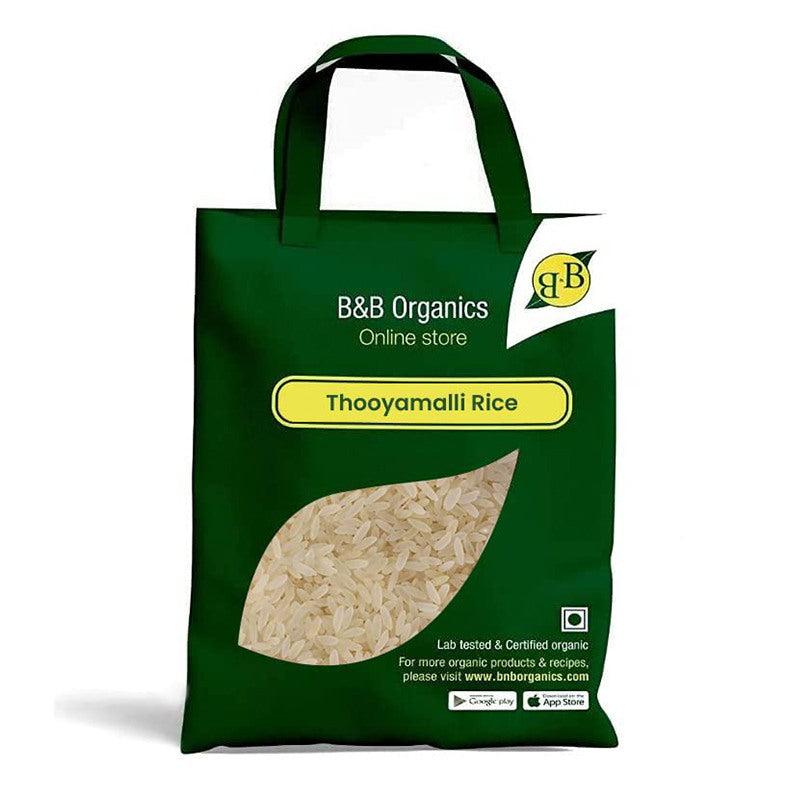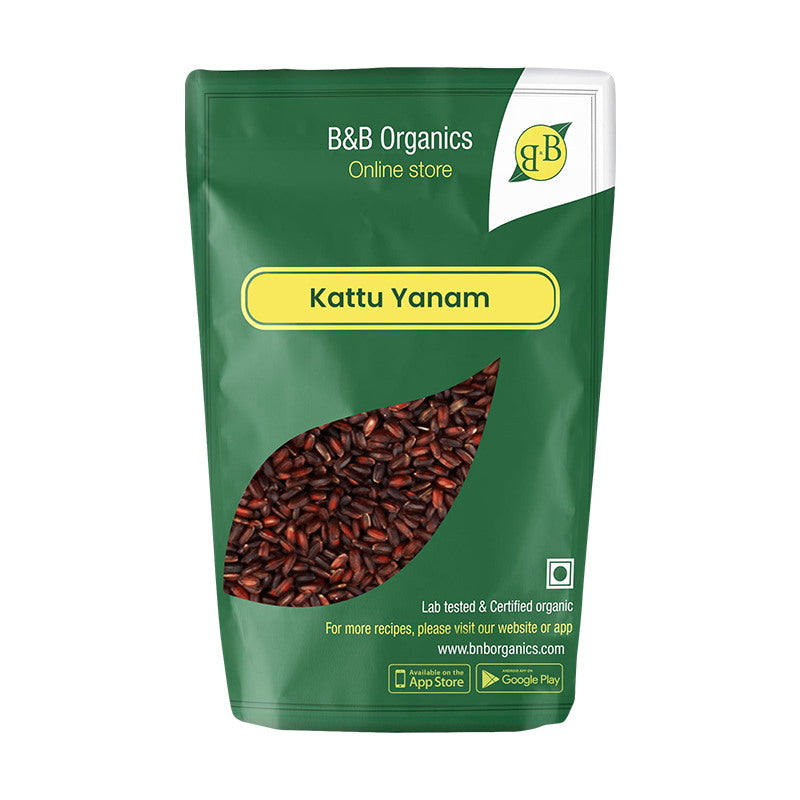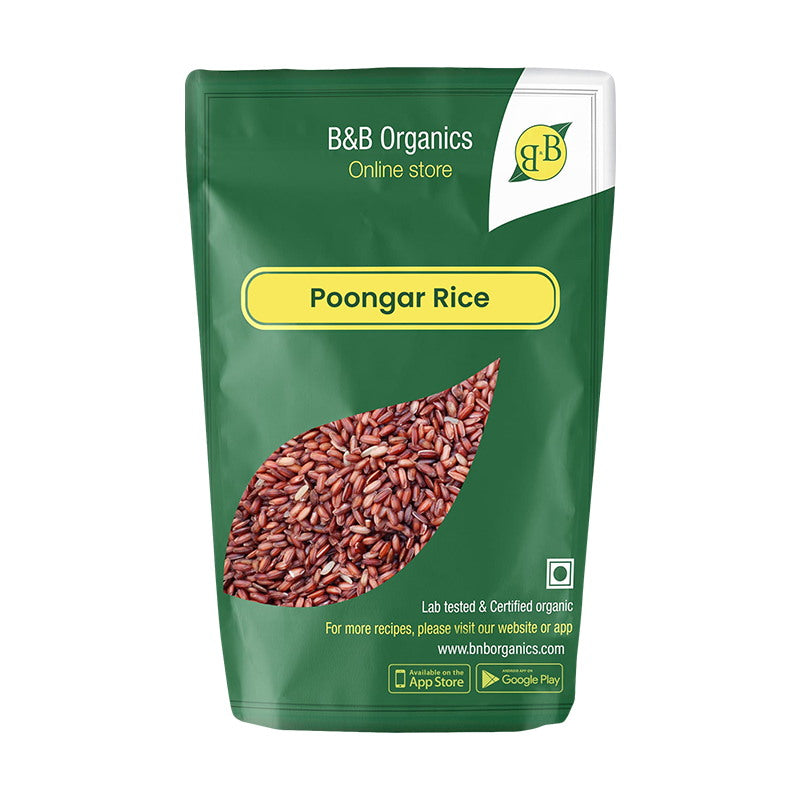Rajamudi Rice, a unique and revered variety of rice, holds a significant place in the rich agricultural history of India. Let us delve into the captivating history of Rajamudi Rice, tracing its origins, cultural significance, and its journey through time.
The story of Rajamudi Rice begins in the southern state of Karnataka, nestled in the fertile lands of the Western Ghats. Dating back several centuries, it was once considered a royal grain, exclusively grown and consumed by the Maharajas (kings) of the region. The name "Rajamudi" itself translates to "royal turban," reflecting the regal connection and the high regard in which this rice was held.
Legend has it that Rajamudi Rice was discovered by chance during the reign of the Wadiyar dynasty in the princely state of Mysore. It was during a hunting expedition that the royal entourage stumbled upon a farmer's field where this exceptional grain was being cultivated. Captivated by its distinct aroma, taste, and nutritional value, the king decided to introduce it to the royal kitchen. It soon became the preferred choice for royal feasts and special occasions.
Rajamudi Rice owes its unique qualities to the favorable climatic conditions and the fertile soil of the region. Cultivated in the Cauvery river basin, the rice is known for its short grains with a reddish-brown hue. This natural reddish color is attributed to the presence of a pigment called anthocyanin, which is responsible for its distinctive appearance.
Over the years, the cultivation of Rajamudi Rice spread beyond the royal circles, becoming a symbol of prestige and heritage. Local farmers embraced its cultivation and passed down their knowledge and techniques from one generation to another. However, due to various factors such as the Green Revolution and the introduction of high-yielding hybrid rice varieties, the cultivation of Rajamudi Rice gradually declined, pushing it to the verge of extinction.
Fortunately, efforts to revive and conserve this historic rice variety have gained momentum in recent years. Recognizing its cultural and culinary significance, agricultural organizations, farmers' collectives, and food enthusiasts have come together to protect and promote Rajamudi Rice. They have worked diligently to conserve its traditional farming methods, protect its genetic diversity, and raise awareness about its unique qualities.
Today, Rajamudi Rice has once again found its place on the tables of connoisseurs and those seeking to reconnect with the heritage of Indian cuisine. Its nutty flavor, delicate texture, and aromatic profile make it a favorite choice for traditional dishes like pulao, biryani, and sweet rice preparations. Additionally, its health benefits, including being rich in antioxidants and essential nutrients, have also contributed to its growing popularity.
The revival of Rajamudi Rice not only preserves a precious part of India's culinary heritage but also supports the livelihoods of local farmers, promotes sustainable agriculture, and fosters a sense of pride and cultural identity.
In conclusion, the history of Rajamudi Rice is a tale of royalty, tradition, and resilience. From being a cherished grain of the Maharajas to almost fading into oblivion, its remarkable journey reflects the intricate relationship between food, culture, and the efforts of passionate individuals to safeguard our agricultural heritage. As we celebrate the resurgence of Rajamudi Rice, let us savor its unique flavors and appreciate the stories it carries from the annals of history.



